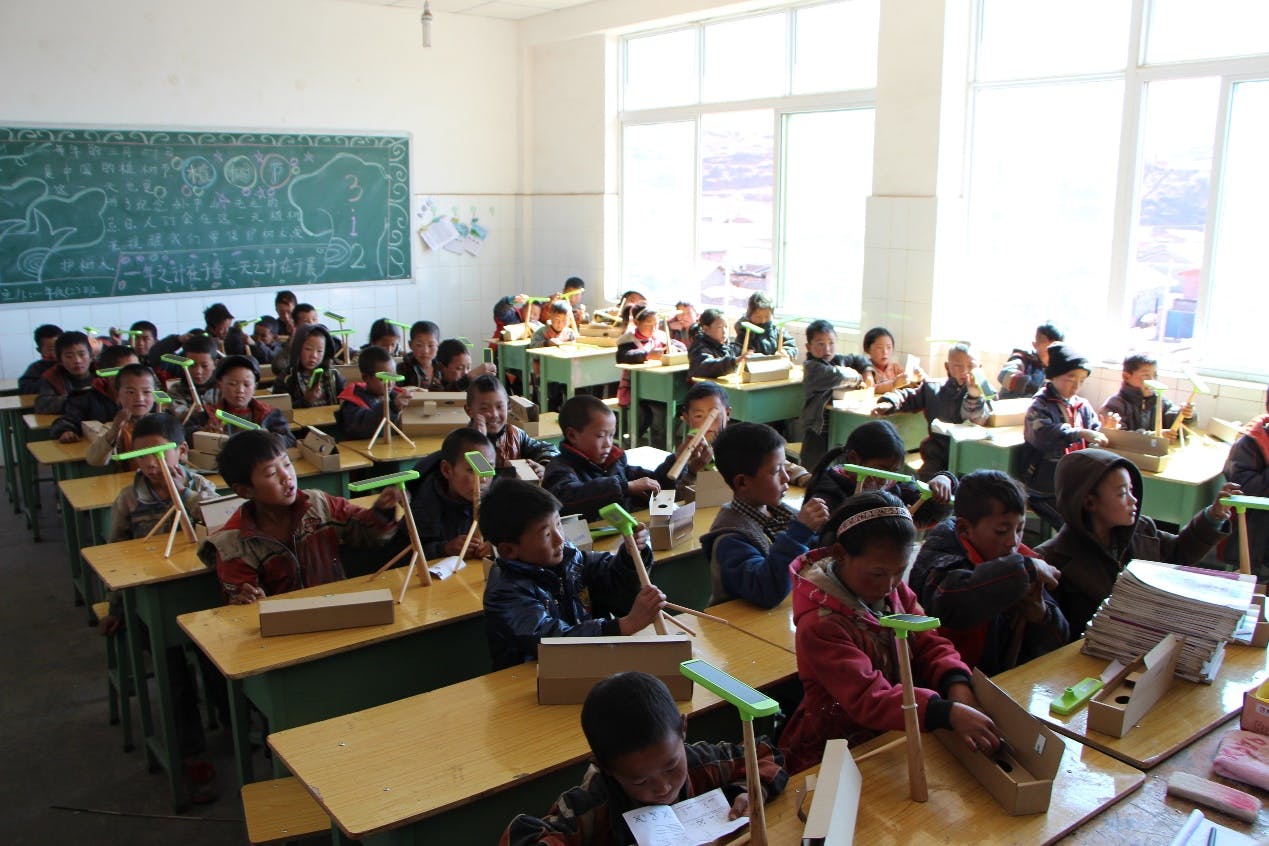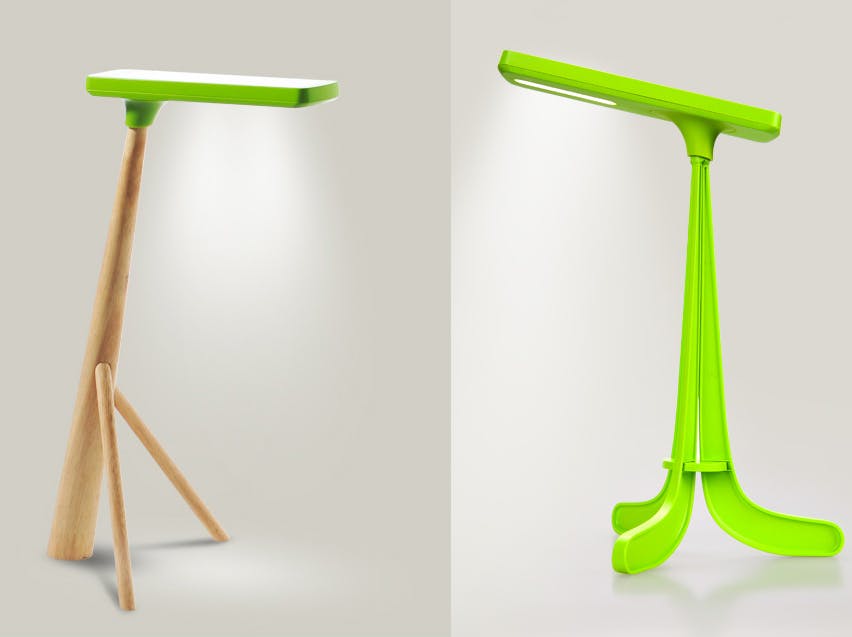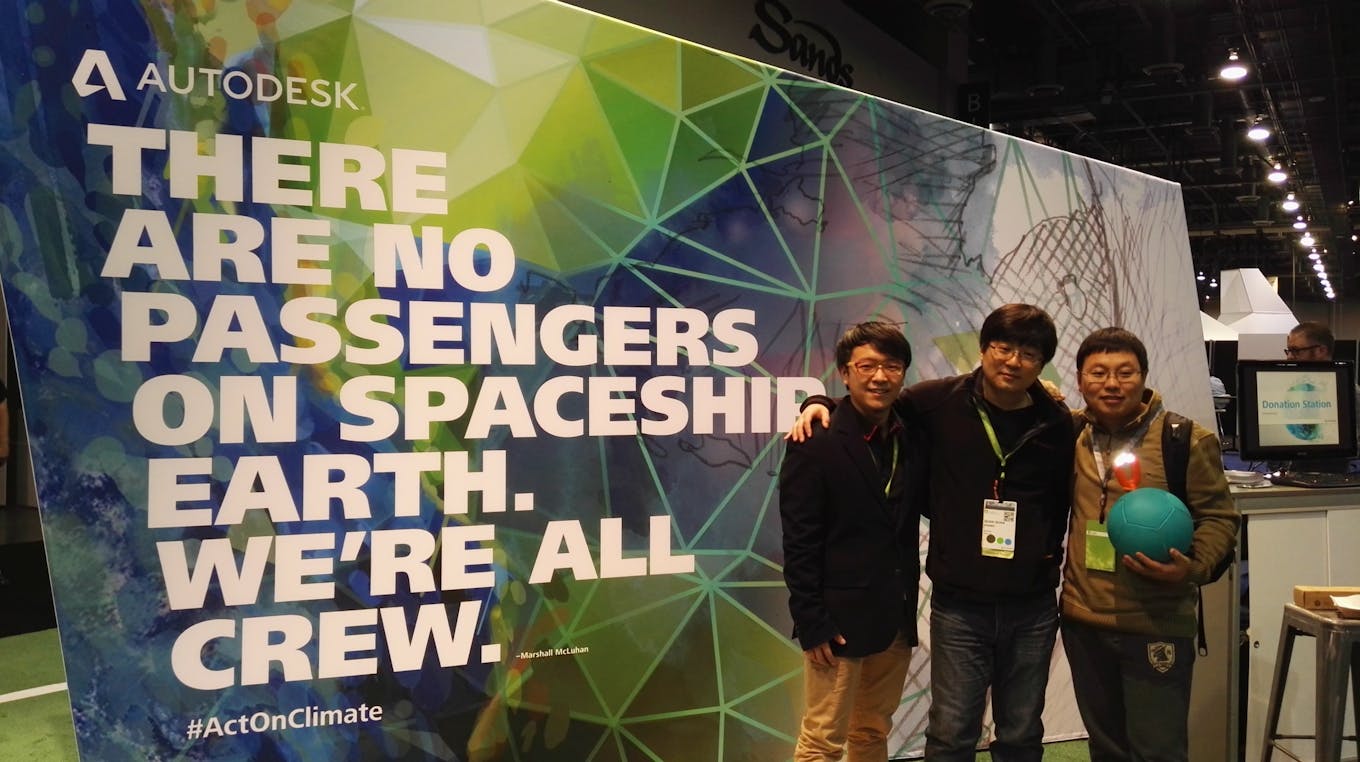China’s rapid growth in recent decades has been dubbed an ‘economic miracle’, inspiring millions of people to flock to the country’s cities in search of better economic opportunities. However, for some in the country’s rural hinterland, the wealth from China’s boom has not been equitably shared.
About 3 million people out of the country’s 1.35 billion population — about 0.2 per cent of the country — live with zero or very unreliable access to electricity. They mostly live in China’s far-flung western regions, where cold weather and rough terrain have made infrastructure construction a challenge.
In these parts, homes are perpetually shrouded in darkness — windows are shut tight in the daytime to keep out the cold and there are no electric lights at night. Unsurprisingly, children find it difficult to study in such conditions and the lack of proper education perpetuates a cycle of poverty.
These remote and under-served communities may feel ignored as China races on with urbanisation and growth; but for Chinese entrepreneur Quan Quan Zhang, they are anything but invisible.
Moved by the difficult conditions in which these communities live, the former knowledge management solutions expert launched in 2014 DX Element, a social enterprise which distributes solar desk lamps to students in far-flung areas of China.
“Loving Lamp is a pure charity activity,” Zhang tells Eco-Business in a recent interview. “It is a product specifically designed to make it easier for children in remote areas to study.”
Zhang has given lamps to more than 4,000 children to date, and has plans to distribute them to 10,000 more students later this year.
The Loving Lamp has delivered multiple benefits to the students it has reached, says Zhang.
Every child that receives a Loving Lamp is now able to study at home and in the evenings, their education no longer constrained by electricity access. Some young beneficiaries have even written to Zhang saying they are inspired to pursue similar social projects in the future.

School children in the Daliang Mountains, China, receive their Loving Lamps. Image: DX Element
Since the lamp is powered using only solar panels and uses energy-efficient LED lights, it is also a clean, low-carbon way to provide electricity access to off-grid communities, adds Zhang.
Simple product, complex design
But designing such a socially- and environmentally-sustainable product was no easy task, he shares.
When Zhang first decided to try and bring electric lights to rural communities, his plan was simply to purchase existing solar lamps and distribute them for free to remote villages.
Usually, solar lamps are short and sturdy devices intended to replace kerosene lamps in village households.
Non-government organisations that Zhang discussed the idea with, however, said that while solar lamps would certainly help students, it would serve the children’s reading and writing needs even better if the lamp was taller—so that it is not at eye level—and lighter.
“This small piece of advice has inspired a massive project,” says Zhang, who then decided to design the perfect lamp from scratch, and set up DX Element and partnered with Chinese consumer electronics firm Changhong’s Innovation and Design Centre to develop the idea.
The team had to meet many criteria at the outset, notes Zhang. Not only did the height, weight, and brightness of the lamp have to be just right, but it also needed to be waterproof — because it is common for water to leak into homes and classrooms when it rains — and to protect the eyesight of its young users.
Armed with this design brief and a keen awareness of the need to minimise the cost of this charity-supported initiative, Zhang and his team spent months perfecting the design of the Loving Lamp.
After a few prohibitively expensive or unsustainable prototypes — one involved getting children to cut off tree branches to prop up the lamp head — Zhang’s team finalised the first version of the Loving Lamp, an LED light mounted on a simple wooden stand.
While the wooden stand is aesthetically appealing, the company chose the material because it did not need to be moulded like plastic does, thus saving cost, says Zhang.
However, last year, the company launched the Loving Lamp 2.0, which is moulded from food-grade plastic and draws design inspiration from Paris’ iconic Eiffel Tower.

The first (wooden) and second (plastic) versions of the Loving Lamp. Image: DX Element
“In our view, the quality of a social product must be even better than a commercial one,” shares Zhang. This is why the Loving Lamp has undergone rigorous tests by Chinese regulators and the Conformité Européenne (CE) standard which shows that a product is compliant with European laws and standards.
The lamp — which costs about 99 Chinese yuan or US$15 to manufacture — is also waterproof enough to continue working after being submerged for five days, and meets Zhang’s uncompromising stance on taking care of children’s eyesight.
The illumination level and colour temperature of each lamp is identical to a commercially available Eye-Protection LED Desk Lamp by Dutch electronics giant Phillips, which retails for US$105 online.
Essential tools
Designing such a high-quality product would have been impossible without the use of 3D design tools from American software giant Autodesk, says Zhang.
Last June, a few months after DX Element launched, Autodesk invited start-up to join its Entrepreneur Impact Programme. This is an initiative which supports early-stage start-ups and entrepreneurs in the social, cleantech, and environmental sectors.
It grants them Autodesk software worth up to US$150,000 to design, visualise, and simulate their ideas and accelerate their time to market.
Without Autodesk tools such as Alias—a suite of industrial design programmes which provide sketching, concept modelling, surfacing and visualisation tools for industrial, product and automotive design—it would have been impossible to perfect the lamp designs, says Zhang.

How DX Element modelled the Loving Lamp using Autodesk software. Image: DX Element
Autodesk also invited Zhang to attend an Autodesk University (AU) event in Las Vegas in the United States last December.
AU comprises an online learning portal for designers, architects and developers to learn how to make the best use of Autodesk’s suite of 3D design software, as well as year-round conferences across the world.

Zhang (centre) at the Autodesk University event in Las Vegas, United States, last year. Image: DX Element
The experience at AU and widespread recognition of the concept underscored the social value of the project for Zhang, and he now aims to distribute half a million free Loving Lamps by the end of next year.
“Then, we would like to go to the Middle East and Africa,” he says.
However, the main challenge of this venture — whose charitable status Zhang zealously protects by refusing to have any sponsor logos on the actual device — is raising funds to manufacture more lamps.
The outfit has relied heavily on crowdfunding efforts through their own websites and Chinese platforms such as TenCent and AliPay to garner support for their idea so far, but recently launched another socially beneficial product whose sales will support Loving Lamp production.
The Little Nut, as it is known, is a device aimed at improving the eyesight of children in the city.

DX Element’s Little Nut device is sold in cities, and allows parents to ensure their children are not damaging their eyesight by positioning their books too close to their eyes. Image: DX Element
It consists of a desktop device which sits on a student’s study table and detects the distance between their eye and textbooks; and a mobile application, which allows parents to monitor the child’s sitting position and help them develop good habits.
The revenue from Little Nut sales funds the manufacture of Loving Lamp devices, thereby doubling the product’s social value and impact, says Zhang.
From keeping the Loving Lamp project financially sustainable to finding manufacturers willing to work with charitable enterprises and getting the design right, the journey so far has been challenging, he acknowledges.
“But the children’s need for the Loving Lamp is beyond our imagination,” he says.
“We hope to continue designing and manufacturing products which care for people and solve social problems,” Zhang adds.
DX Element is part of the Autodesk Entrepreneur Impact Programme, which supports early-stage start-ups and entrepreneurs in the social, cleantech and environmental sectors.
As part of the programme, eligible companies receive world-class software to design, visualise and simulate their ideas and accelerate their time to market through 3D Digital Prototyping. To apply for or learn more, visit www.autodesk.com/entrepreneurimpact and follow @AutodeskImpact.















